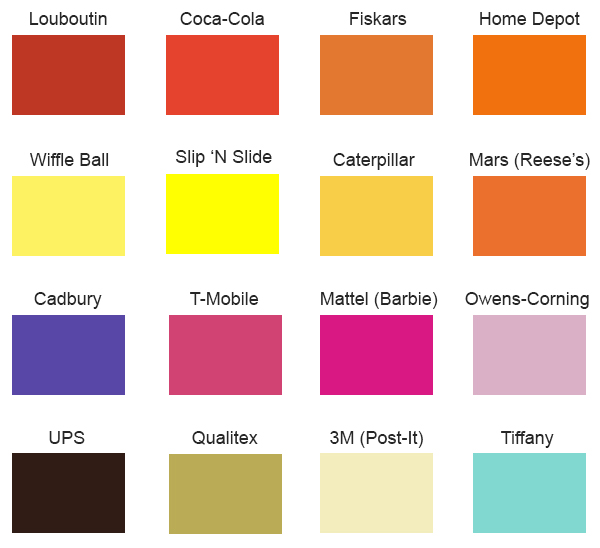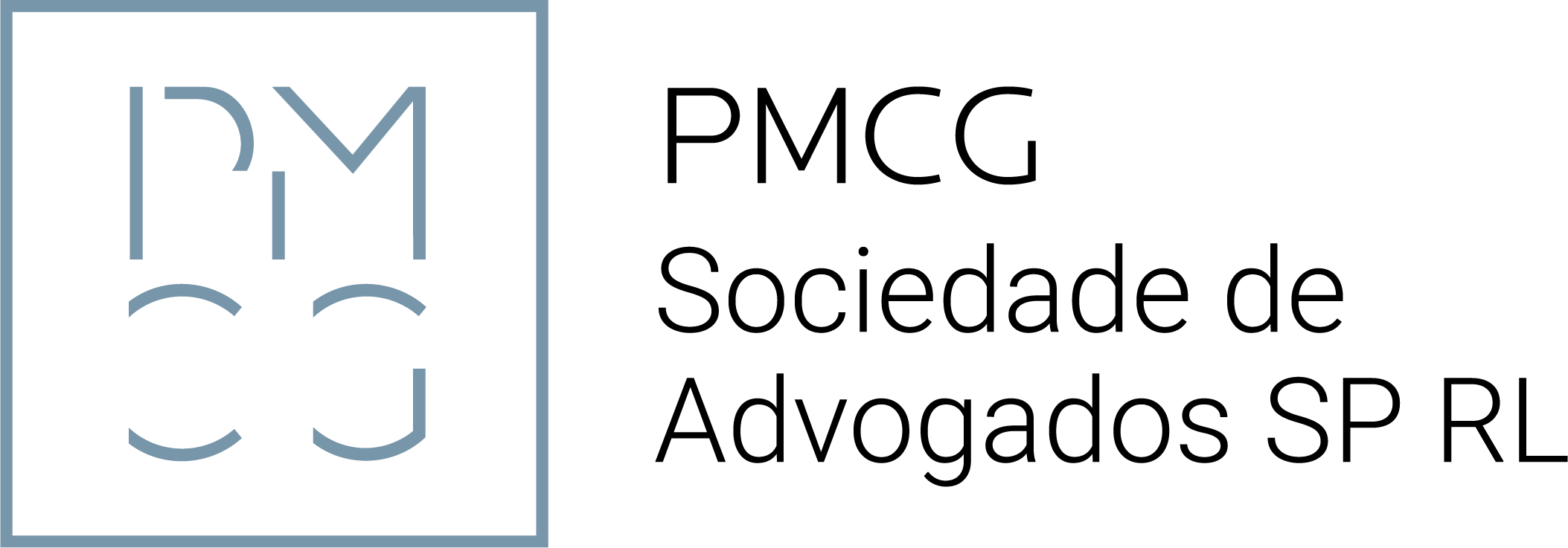
“Roses are Red, Violets are Blue” Can colors be registered as trademarks, just for you?
Colors or combinations of colors have been used for many years to distinguish the goods of one trader from the goods of another, thus representing an important element in the visual composition of a good or service. Therefore, it is natural that the protection of colors is a relevant subject when claiming a trade dress. However, the exclusive protection of a single color can create an imbalance in the competitive market.
The limitation of the previous article 223 of the CPI has been removed, which previously only allowed the registration of a color mark when combined with other colors, graphics, phrases, or other distinctive elements. With the new legislation, it is now easier to register colors associated with certain products or services as a trademark.
According to number 1, point f) of article 222 of the Portuguese Industrial Property Code (Código da Propriedade Industrial), which came into force on July 1st, 2019, the color or colors in which the mark is used can be registered as a trademark if claimed as a distinctive element.
So, yes, under certain circumstances, you can trademark a color. Let me introduce you to some examples.
Cadbury UK Limited Vs. The Comptroller General of Patents Designs and Trademarks & Société Des Produits Nestlé S.A. (Case No: A3/2016/3082) Cadbury UK Limited has long promoted its chocolate bars and tablets using a purple color on its packaging, which led the company to file a trademark in 1995 for Pantone shade 2685 C.
On April 2nd, 1997, the registrar published a “Special Notice on Color Trademarks” in the Trade Marks Journal (“The Guidance”), stating that an application to register properly represented colors as a trademark is unlikely to face an objection from the Registrar if it is clear how the colors constitute the applicant’s mark. This can be achieved by defining the mark as the color(s) covering the whole visible surface of, or the predominant color(s) applied to, the visible surface of named items, such as packaging for the goods.
In 2004, Cadbury applied for a new trademark to ensure that its drinking chocolates, broader chocolate range, and cakes could also legally monopolize its trademark purple. Nestlé opposed the application, arguing that the color purple had no distinctive character and was too broad for a range of goods. In agreement, the UK Court of Appeal rejected the application in 2013.
After this decision, Cadbury realized that its existing 1995 UK registration might be potentially invalid because it used the same description as the 2004 application. To overcome this issue, Cadbury wrote to the UK Intellectual Property Office (UKIPO) in 2014, asserting that this trademark consists of a series of two marks: the color purple “applied to the whole visible surface of the packaging of the goods” and “being the predominant color applied to the whole visible surface of the packaging of the goods.” Cadbury applied to delete the second mark while retaining the first.
The UKIPO registrar did not accept the claim that the description of the mark constituted a series and considered the request to delete the predominant color as a possible violation of the rule that prohibits alterations to registered trademarks. Cadbury appealed the decision to the UK High Court in 2015, but it was dismissed in April 2016. Then, in December 2018, the UK Supreme Court refused to allow this confectionery giant to change the description of its original trademark. The Supreme Court stated that there is no objection in principle to the registration of a color as a trademark, even if it is not “spatially defined,” as long as it is established that the color has become distinctive of the goods or services of a particular undertaking.
It should be noted that a color per se cannot be presumed to constitute a sign because, in most cases, a color is a simple property of things. However, in relation to a product or service, a color per se can serve as a sign. The Court of Appeal also clarified that the decision to register an abstract color mark always depends on the context.
Libertel Groep BV Vs. Benelux-Merkenbureau (Unreported, 6th May 2003, ECJ Case No C-104/01) In 2003, the European Court of Justice (ECJ) confirmed that a color can function as an indicator of origin and seek protection as a registered trademark. The ECJ’s decision in Libertel Groep BV vs. Benelux-Merkenbureau confirms and clarifies European practice.
In Libertel, a telecommunications company established in the Netherlands filed a trademark application with the Benelux Trademark Office for the color orange with respect to telecommunication goods and services. The application contained an orange rectangle as the representation of the trademark. The word “orange” was listed in the description of the trademark without any reference to a recognized color code.
The Benelux Office initially rejected the application, stating that the sign (consisting exclusively of the color orange) was not capable of constituting a trademark and lacked distinctive character. Libertel appealed to the Supreme Court of the Netherlands, questioning whether a single color can ever distinguish the goods of one undertaking from those of another, and if so, under what circumstances a color per se can be registered.
The ECJ focused on the requirements of graphical representation and capacity to distinguish. It held that the use of a sample of the color in question causes complications as the mark may deteriorate with time. The ECJ established that only a verbal description of a color is sufficient for registration purposes for both a Community trademark and a national trademark. Furthermore, the description of the mark must be clear, precise, self-contained, easily accessible, intelligible, durable, and objective.
The key question before the Court was whether a color has enough distinctive qualities to function as a trademark. The Court acknowledged that consumers do not commonly assume or rely on a color as an indicator of the goods to which the color is affixed. It stated that color is not commonly used as a means of identification in current commercial practice.
Therefore, the starting point for a color mark is that it is devoid of distinctive character. The applicant must provide evidence that the mark has acquired distinctive character through use in the market. The ECJ also emphasized that the availability of colors for other traders who offer goods or services of the same type should not be unduly restricted.
Judgment of the Court of 24th June 2006 – Case C-49/02 On March 22nd, 1995, Heidelberger Bauchemie applied to the Patent Office for the registration of the colors blue and yellow as a trademark. The application included a rectangular piece of paper, with the upper part being blue and the lower half yellow, as the representation of the mark.
The Patent Office initially rejected the application, stating that the sign was not capable of constituting a trademark and lacked distinctive character. However, on May 2nd, 2000, the Patent Office reviewed its position and accepted that colors are capable of constituting a trademark. Nonetheless, the application was rejected due to a lack of distinctive character.
Heidelberger Bauchemie appealed this decision to the Bundespatentgericht. The court questioned whether abstract, undelimited marks could be treated as signs capable of being represented graphically. It referred questions to the European Court of Justice for a preliminary ruling.
The ECJ answered the questions, stating that a color classification system may constitute a trademark if it has been established that, in the context in which they are used, those colors or combinations of colors actually represent a sign and the application for registration includes a systematic arrangement associating the colors in a predetermined and uniform way.
Even if a combination of colors satisfies the requirements for constituting a trademark, it is still necessary for the competent authority to decide whether the claimed combination fulfills other requirements, particularly the requirement of distinctive character.
In conclusion, for a color to be registered as a trademark, it must be capable of being represented graphically and must be able to distinguish the goods and services of one undertaking from those of another. The registration of a color as a trademark grants the trademark holder an exclusive right, but it is essential to balance the protection of abstract color marks with the requirements of free competition and the free movement of goods and services.
So, in response to the question “Roses are Red, Violets are Blue,” it is possible, although not easy, to register a color as a trademark, depending on the circumstances.




